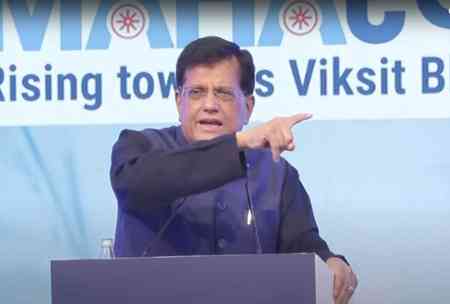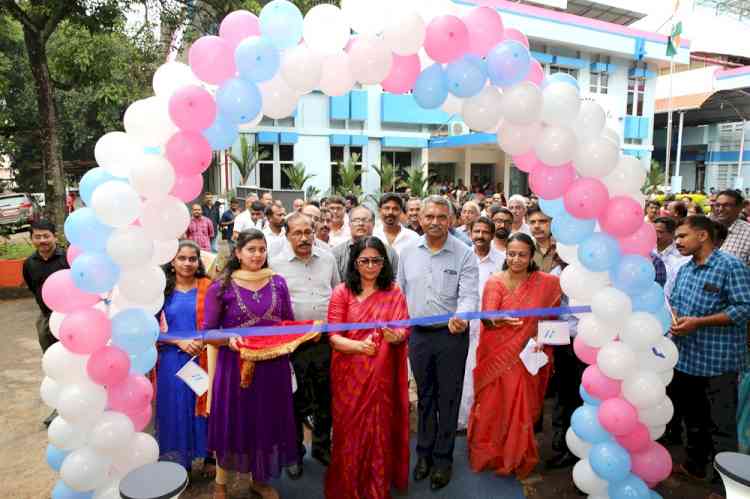Mumbai breaches home affordability threshold in 2021: JLL
Home Purchase Affordability improves across all major cities

Mumbai, September 27, 2021: JLL announced the launch of its annual Home Purchase Affordability Index (JLL HPAI 2021) today which shows that between 2013 and 2021, affordability has increased consistently across key Indian cities which were part of the Index. During the current year, household incomes witnessed a sharp increase of 7%-9% (from the low base of 2020) in the markets under consideration, the report stated. At the same time, home prices remained stagnant in all the of India’s prime residential markets except for Hyderabad. Moreover, mortgage rates continue to trend at their lowest in 15 years, thereby leading to reduced EMIs for homebuyers, thereby having a significant bearing on affordability.
The second COVID-19 wave dented the market following a good recovery curve. However, the impact was muted when compared to the same period last year. Importantly, lockdown restrictions across cities are being eased and the vaccination drive is gathering pace. Most of the changes witnessed in the sector have been structural in nature and demand for homes is only expected to increase.
Home Purchase Affordability improves across all key cities
According to the JLL HPAI 2021 index, Mumbai, India’s most expensive property market has witnessed a significant rise in home affordability index, breaching the affordability threshold of 100 this year. In 2020, Kolkata overtook Hyderabad to become the best market in terms of home purchase affordability.
The current year is expected to witness Hyderabad surpass the 200-mark on the affordability index followed closely by Pune. The index indicates that an average income earning household in the markets of Hyderabad and Kolkata has enough income to qualify for a home loan on two 1,000 sq. ft apartments (or one 2,000 sq. ft apartment) at the prevailing market price.
“The housing market was expected to chart a new growth trajectory in 2021 and the year started on a positive note. In Q1 2021, sales of residential units increased by 17% while new launches increased by 27% on a sequential basis. But the situation changed abruptly in the second quarter as the second wave of the pandemic hit the nation unprepared. Despite a sluggish Q2 2021, when sales and launches fell amid lockdown restrictions, the residential market is primed for a robust recovery period. The housing landscape has improved massively in terms of transparency and the market is now steeped in sound fundamentals. The improving trends in affordability can be an important feeder into the strategic decision making of real estate developers and policy makers,” said Siva Krishnan, Managing Director, Residential Services, India, JLL.
“Our analysis suggests that as demand increases, the flexibility being offered by developers is expected to reduce and prominent developers might even raise prices in new launches as the market sentiment further recovers. In this scenario, the residential price curve is expected to move up across all the markets. Mortgage rates are unlikely to go up significantly since the central bank will continue to boost consumer spending. Resultantly, home purchase affordability in 2022 is expected to either remain at similar levels or witness a marginal improvement from the levels of 2021,” said Dr Samantak Das, Chief Economist and Head of Research & REIS (India), JLL


 cityairnews
cityairnews 








